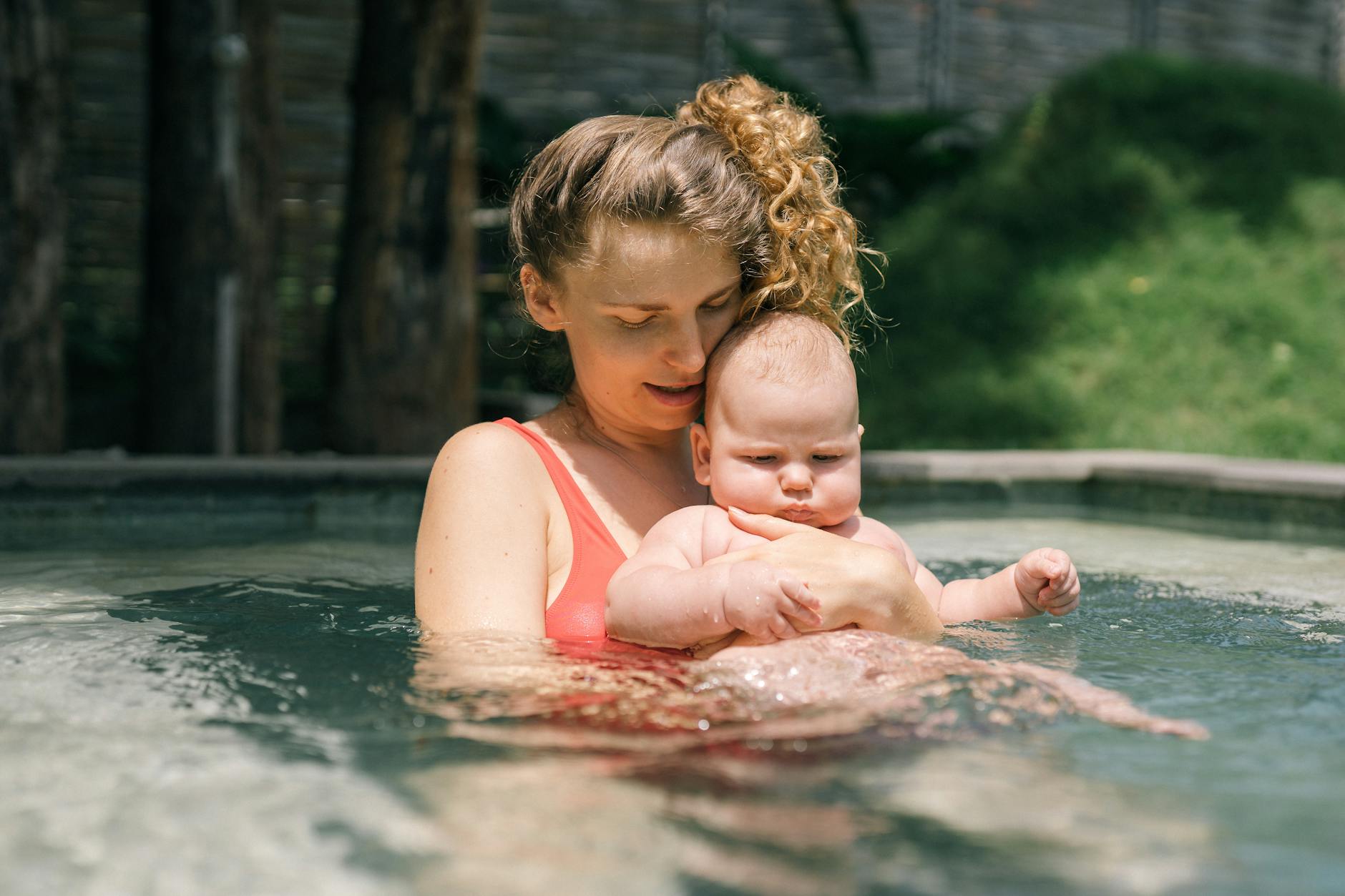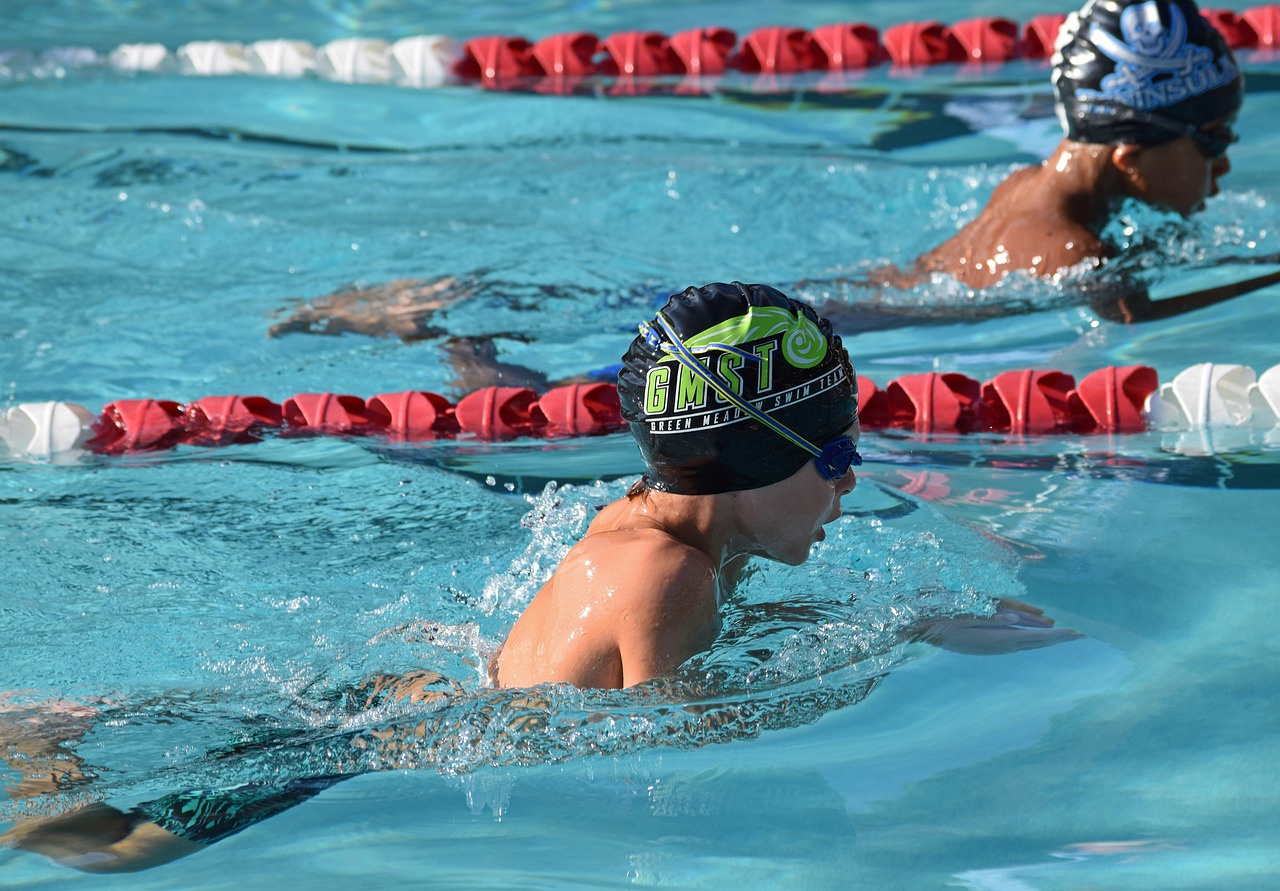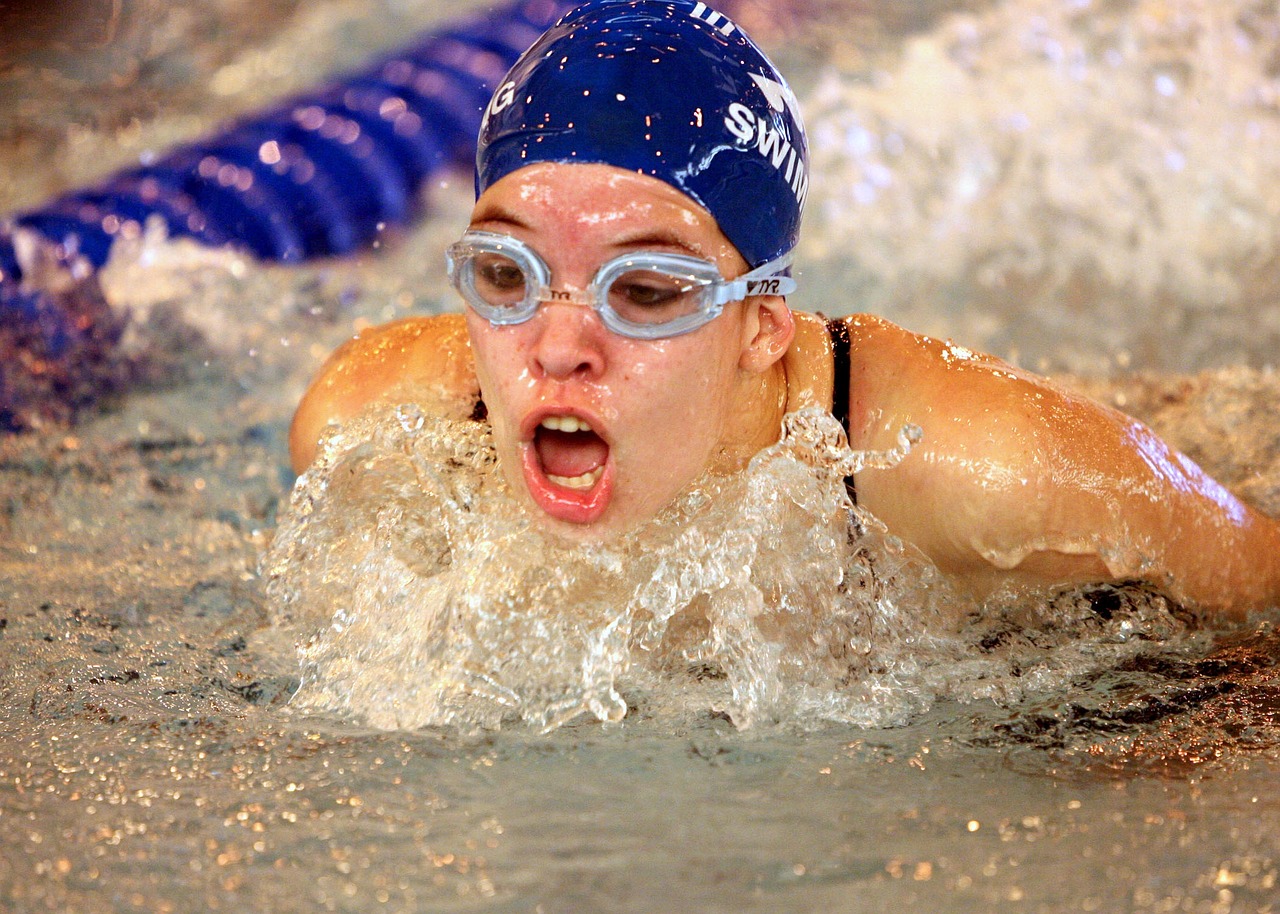What Muscles Does Freestyle Swimming Work On?
Freestyle swimming is a popular and versatile swimming technique that engages various muscle groups in the body.
Whether you are a competitive swimmer or enjoy swimming as a recreational activity, understanding the muscles targeted during freestyle swimming can help you improve your technique and maximize the benefits of your workout.
In this article, we will explore the primary muscles used in freestyle swimming, including the upper body, lower body, and core muscles.
Advertisements
We will also discuss other muscle groups that benefit from freestyle swimming and provide tips for improving muscle engagement. So, let’s dive in!
Introduction to Freestyle Swimming
Freestyle swimming, also known as front crawl, is the most common and fastest swimming stroke used in competitive swimming. It involves rhythmic arm movements, leg kicks, and body rotation.

Freestyle swimming is not only an excellent cardiovascular exercise but also a full-body workout that engages multiple muscle groups.
The Primary Muscles Used in Freestyle Swimming
Freestyle swimming is a complex movement that requires coordination between various muscle groups. The primary muscles used in freestyle swimming include the upper body, lower body, and core muscles.
Advertisements
-
Upper Body Muscles Targeted in Freestyle Swimming
Freestyle swimming heavily relies on the strength and endurance of the upper-body muscles.

The major muscles targeted during the arm movements in freestyle swimming are the latissimus dorsi (lats), deltoids, pectoralis major, trapezius, biceps, and triceps.
These muscles work together to propel your body forward, generating the power and speed needed for efficient swimming.
READ ALSO: Why Are Some Swimmers Faster Than Others?
2. Lower Body Muscles Targeted in Freestyle Swimming
While the upper body does most of the work in freestyle swimming, the lower body plays a crucial role in maintaining balance, stability, and propulsion.

The main muscles targeted in the lower body during freestyle swimming are the quadriceps, hamstrings, glutes, and calf muscles.
The kicking motion in freestyle swimming helps to maintain a streamlined body position and contributes to forward momentum.
3. Core Muscles Engaged in Freestyle Swimming
A strong and engaged core is essential for maintaining stability and efficient body rotation in freestyle swimming.
The core muscles targeted during freestyle swimming include the rectus abdominis (abs), obliques, erector spinae, and the muscles of the lower back.
These muscles provide stability and power during arm strokes and help to maintain a strong and streamlined body position.
What Muscles Does Freestyle Swimming Work On? (Video Practicalization)
Below is a video that practicalizes and explains what muscles freestyle swimming works on and how freestyle swimming works on your muscles:
Other Muscle Groups That Benefit from Freestyle Swimming
In addition to the primary muscles used in freestyle swimming, there are other muscle groups that benefit from this swimming technique.
The repetitive nature of freestyle swimming engages muscles throughout the body, including the muscles of the neck, shoulders, arms, hands, hips, and feet.
Freestyle swimming also provides a low-impact workout for joints, making it an ideal exercise for individuals with joint issues or those recovering from injuries.
READ ALSO: 10 Lies About the Swimming Pool Chlorine
Benefits of Working the Muscles in Freestyle Swimming
Engaging in freestyle swimming regularly offers numerous benefits for your muscles and overall fitness. Here are some key advantages:
-
Muscle Strength and Endurance: Freestyle swimming is an effective way to build and tone muscles throughout your body.
The resistance provided by the water challenges your muscles, leading to increased strength and endurance. -
Cardiovascular Fitness: Freestyle swimming is a great cardiovascular exercise that elevates your heart rate and improves overall cardiovascular health.
It helps to strengthen your heart and lungs, enhancing your endurance and stamina. -
Improved Flexibility: The wide range of motion involved in freestyle swimming helps to improve flexibility in your shoulders, hips, and spine.
Regular swimming can increase your joint flexibility and reduce the risk of injuries. -
Weight Management: Swimming is a calorie-burning activity that helps with weight management.
Freestyle swimming can burn a significant number of calories, making it an effective workout for those looking to lose weight or maintain a healthy weight.
Tips for Improving Muscle Engagement in Freestyle Swimming
To make the most of your freestyle swimming workout and target your muscles effectively, here are some tips to consider:
-
Focus on Proper Technique: Pay attention to your swimming technique and ensure that you are using the correct form.
Proper technique helps to engage the targeted muscles efficiently and reduces the risk of injury.
-
Incorporate Strength Training: Supplement your swimming routine with strength training exercises that target the specific muscles used in freestyle swimming.
Exercises such as pull-ups, push-ups, and shoulder presses can help build strength and improve muscle engagement. -
Vary Your Workouts: Mix up your swimming workouts by incorporating different swimming strokes and drills. This variation challenges your muscles in different ways and prevents boredom.
Common Mistakes to Avoid in Freestyle Swimming for Muscle Development
While freestyle swimming offers numerous benefits for muscle development, there are some common mistakes to avoid to ensure optimal results:
-
Overtraining: Avoid overtraining by allowing your muscles to rest and recover between swim sessions. Overtraining can lead to muscle fatigue, decreased performance, and increased risk of injury.
-
Neglecting Technique: Focus on maintaining proper swimming technique to engage the targeted muscles effectively.
Neglecting techniques can lead to inefficient movement patterns and reduced muscle engagement. -
Lack of Consistency: Consistency is key to seeing results in muscle development. Aim for regular swimming sessions to build strength and endurance progressively.
READ ALSO: Everything You Need to Know About Sprinting in Swimming
Conclusion
Freestyle swimming is a fantastic full-body workout that engages multiple muscle groups.
By understanding the muscles targeted in freestyle swimming and following the tips provided, you can maximize the benefits of your swimming sessions.
Whether you swim for fitness, competition, or recreation, freestyle swimming offers an excellent opportunity to improve your muscle strength, endurance, and overall fitness.
So, dive into the pool and start reaping the rewards of this dynamic swimming technique!
If you want to read more answers to difficult sports questions, subscribe to our newsletter for exclusive content and expert advice on various sports topics.
Subscribe to our newsletter!



